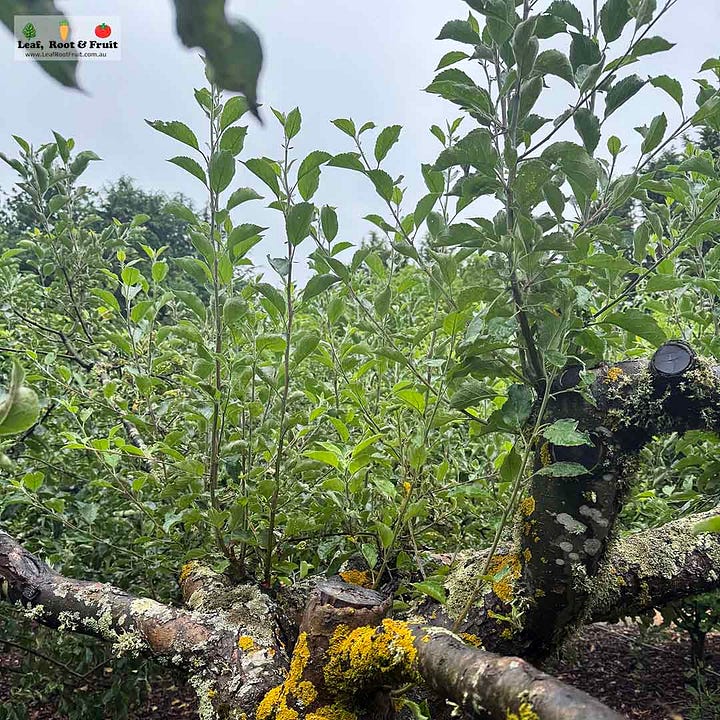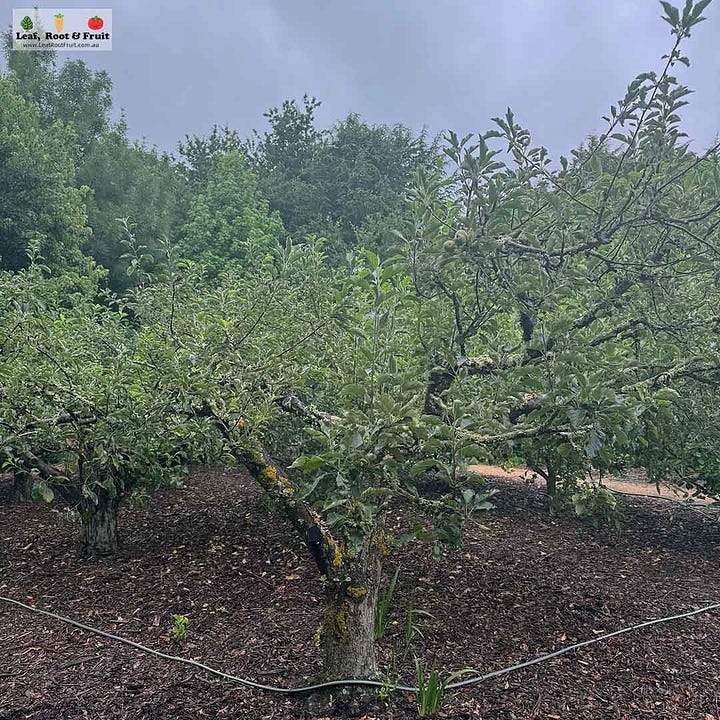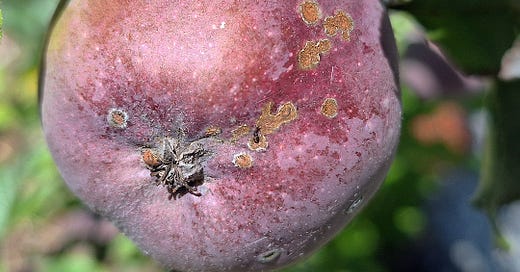Pause the Panic, Whippy Watershoots and Spotty Skins
Your questions answered
Do you have a food-growing question you’d like me to answer? Check out these guidelines to find out the best way to ask.
TomaTime to panic, or business as usual?
I’ve heard there is some sort of problem in tomato plants that has come across the border from South Australia. Do you think my plants are affected and what should I do?
I’ve received five variations on this question in the last fortnight alone and I’m glad my readers are being so vigilant in looking out for this new disease.
The disease you may have heard about is called tomato brown rugose fruit virus (ToBRFV). It affects tomatoes, capsicums and chillies. Until recently Australia was considered free of this virus. However, the disease was detected for the first time in August 2024 on a commercial tomato farm in the Northern Adelaide Plains, South Australia. The virus is on the National Priority Plant Pest list as it is very contagious and a large risk to the horticulture industry. Authorities have worked to contain the outbreak.
It’s highly unlikely that this disease has jumped from a commercial farm in South Australia straight to your backyard plants. Unless you’re growing tomatoes in the vicinity of an infected site, I wouldn’t really be concerned.
If you are still concerned, then the various state governments have experts ready to help you. ToBRFV is reportable. This means that if you are based in Australia and believe your plants have this disease then you need to notify your state’s relevant authority immediately.
If you believe you have this virus in your tomato plants, please skip me and go straight to the authorities.
Look for these symptoms in your own tomato plants:

Symptoms of ToBRFV in fruits include:
chlorotic (yellow) spotting and marbling of fruits
deformation and uneven ripening
brown rugose (wrinkled) patches.
Symptoms of ToBRFV in leaves include:
chlorosis (yellowing)
mosaic pattern and mottling on younger leaves
crumpling and deformation
blister-like appearance on the top surface of leaves.
It’s important to note that most of these symptoms could be one of many other common problems. Yellowing leaves are far more likely to be caused by a lack of nitrogen or perhaps the early stages of a fungal disease such as early blight than they are of ToBRFV.
For more information and to report a potential ToBRFV outbreak follow the link for your state:
Or you can call the Exotic Plant Pest Hotline (a national service) on 1800 084 881.
Want to know about other diseases you might encounter in the vegetable patch? Then this post is the one for you.
To prune or not to prune?


We have a small orchard. The apple and pear trees are quite old with a well-established vase shape. I’ve noticed a lot of new vertical growth in the centre of the trees. Is it ok to remove these now while the tree is fruiting? I am keen to maximise air flow.
Julie S, Malmsbury



